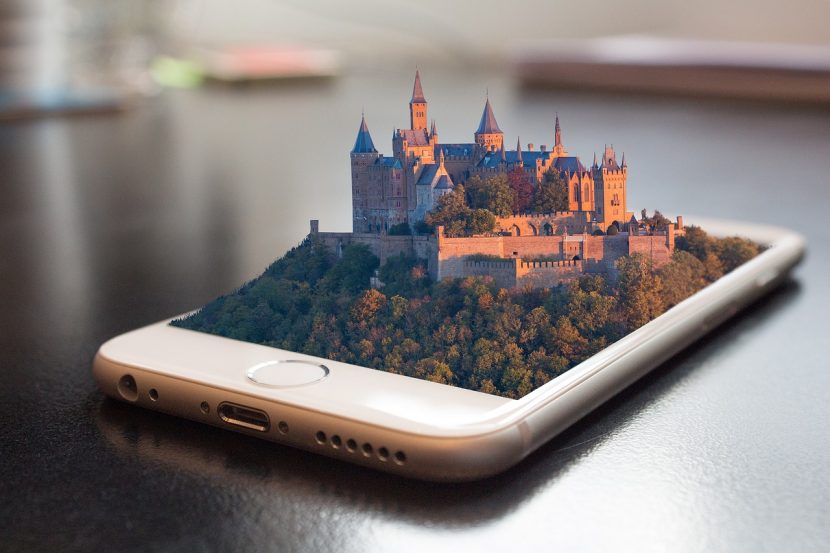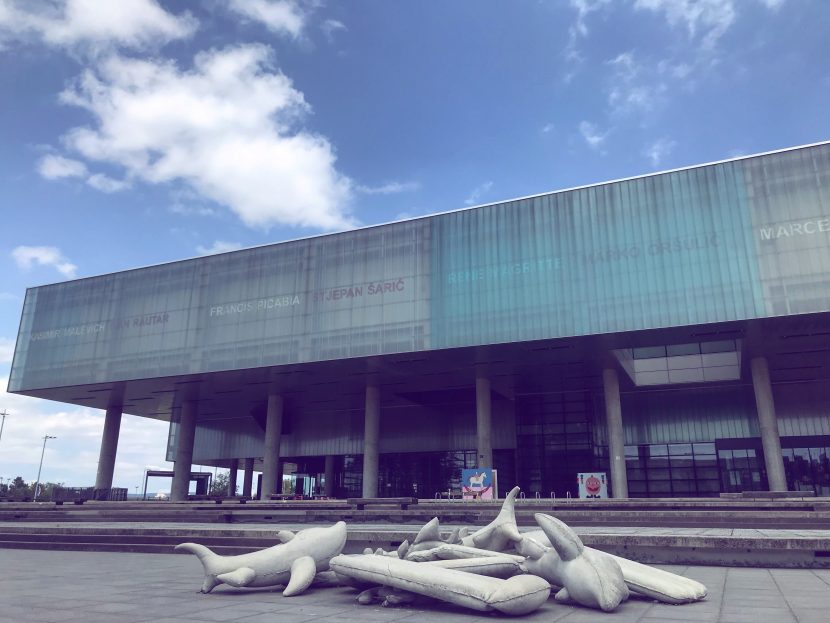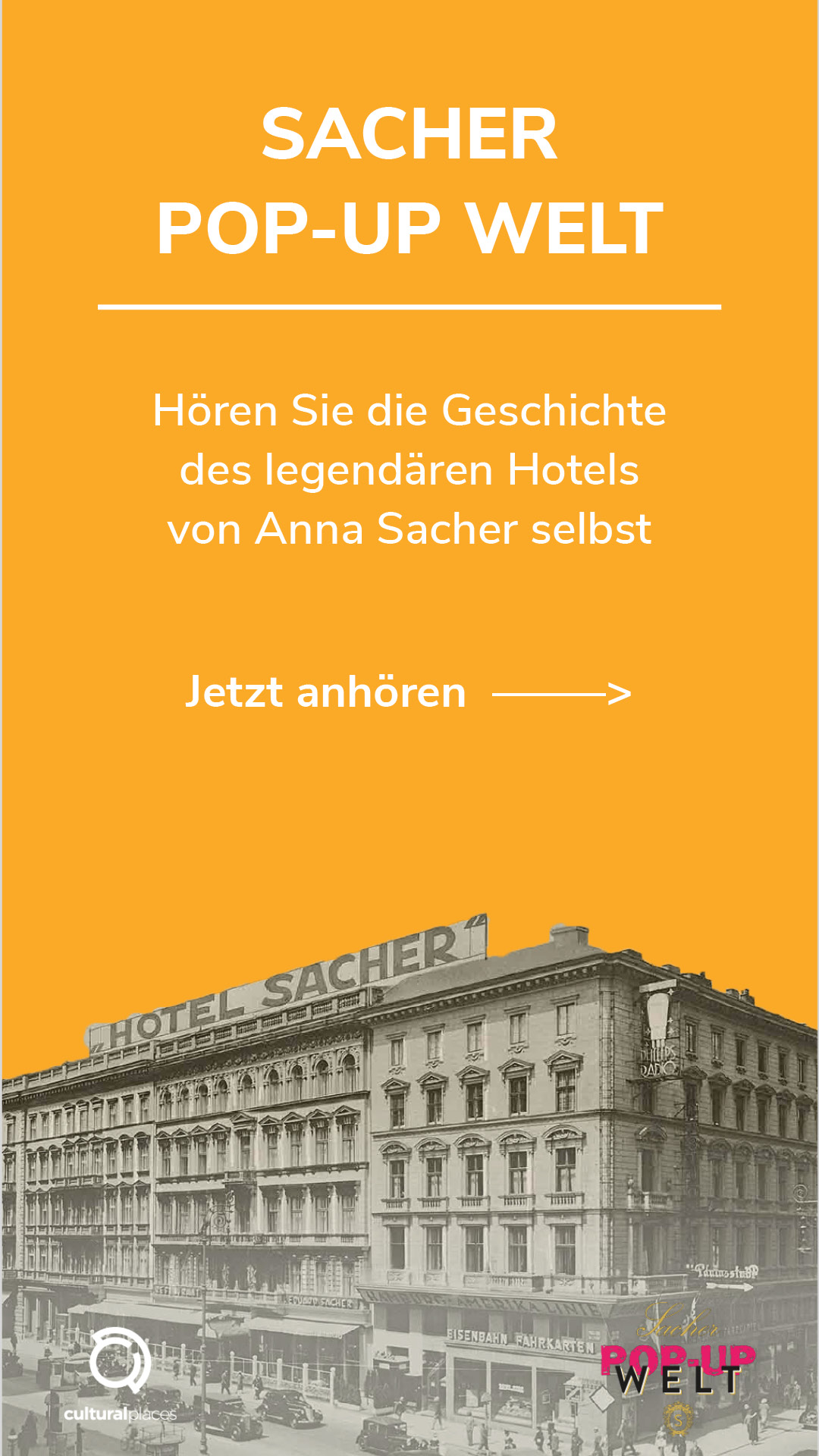5 Perspectives for the Tourism Industry in 2018

Credits: Statista
1. The Market Will Get Bigger and Bigger

- In Europe, tours and activities account for around US$40 billion (WIT, 2016)
- The tour and activity sector generated 37,000 million euro in Europe in 2015, tripling the total market size of car rental (10,000, million euro) and reaching almost half the total market for hotel reservations (80,000 million euro) (Phocuswright, 2016)
- In the USA alone, there are approximately 67,000 businesses valued at US$20 billion in the tour and activity space. This makes it the third-largest segment of the travel industry after air and accommodation (WIT, 2016)
- Travelers are likely to spend more on sightseeing than on shopping, souvenirs and nightlife combined (TripBarometer, 2015)
Key takeaway: Expect big developments in the travel market in the next periods. Tourism is definitely booming industry od today. Even the countries that have suffered terrorist attacks in recent years, such are Turkey and France have reported an increasing amount of tourists.
2. Creating New Experiences Will Be the Key

- 69% of global travelers – of all age groups – are planning to try something new in their next trips (TripBarometer, 2015)
- 17% tried solo travel for the first time in 2016. That number is expected to grow even more in the next years. (TripBarometer, 2015)
- Tourists in 2016 are looking for opportunities to explore lesser-known destinations, especially those that are untouched or unique (Virtuoso, 2016)
- 1 in 5 global travelers have visited a destination because they saw it on a TV show (TripBarometer, 2015)
Key takeaway: Adventure travel companies, this is your time to shine. All other tour and activity operators can tap into this desire for new experiences by adjusting their marketing messages to encapsulate adventure and novelty.
3. Travelers Are Also Willing to Spend More

- 1 in 3 travelers (33%) are planning to spend more on travel in 2016 than they did the previous year, and not just because of rising costs (TripBarometer, 2015)
- The 5 most common things travelers are willing to spend more on as a treat: Visiting sights and museums (53%), special dining experiences (41%), accommodation (41%), activities (35%) and shopping (24%) (TripBarometer, 2015)
- Among those who plan to increase their travel budget in 2016, 49% said they will do so because “because I or my family deserve it”, while 31% said they would spend more on travel because “it’s important for my health and well-being” (TripBarometer, 2015).
Key takeaway: An experience that stands out from the competition by giving away valuable add-ons, extra personalization, and generous customer care will be the one people chose in the future. Travelers want extra experience, something new and unique. They want to discover sight in a totally new way such as using this app. Those institutions that provide this, are more likely to position themselves as leaders.
4. Mobile-optimized Businesses Are Ahead

- Mobile consumption in booking a travel service has grown by 1700% between 2011 and 2015, moving from 1% to 18% of online revenues (Frederic Gonzalo, 2016)
- 85% of international travelers have some kind of mobile device with them while traveling (Frederic Gonzalo, 2016)
- 8% of travelers book their trip on a mobile device (TripBarometer, 2015)
- Nearly 50% of users have visited TripAdvisor via tablet and phone, and the company continues to see an industry rise in engagement on mobile devices (TripAdvisor, 2015)
- Between 2015 and 2019, mobile phone penetration will rise from 63.1% to 72.3% of the global population (eMarketer, 2014)
Key takeaway: Mobile usage is going to grow even more in the next few years. There is no question about it. Even Google stated that they are now using mobile-first indexing, as 73% of searches are done from the mobile now. That means that now they use the results from the mobile searches as more important than from the desktop.
What does this mean is that sights of cultural interests, especially museums, that will include mobiles and digital technologies into their offers, are probable to receive a bigger amount of visitors? People are so used to their phones now and do much of their activities on them. As so, they are the perfect platform for development in the next years.
5. Millennials Are Money Poor, Time-rich

- Millennials will represent the number 1 consumer segment in the travel industry in 2018.
- Young people are often money poor but time rich, which means that they can spend longer in a destination than a typical tourist. As a result, however, they end up spending up to two thirds more on average (WYSE, 2016)
- 78% of millennials would rather spend money on a desirable experience or event than buying something desirable (Harris/Eventbrite, 2014)
- Young travelers are relatively intrepid and unlikely to be phased by economic problems, political unrest, or epidemics. If there are fewer job openings, it can even encourage young people to travel or gain work experience abroad during a gap year (WYSE, 2016).
Key takeaway: Millennial travelers are looking for unique and authentic experiences. They want to embrace things in a new way. They are tired of the old approach. Digitalization should prove to be the key here.
European Museums Are Still a Success Story
Many of the Europes countries like the UK, France, the Netherlands, as well as the Scandinavian countries, are proving every day that museums are not dead. In some countries, they’re even more popular than football matches! It is estimated that every 4th tourist is probably to visit some of the cultural institutions during his stay in a new place.
Museums contribute hugely to jobs and the visitor economy, as well as providing education and pleasure. In the UK and France, 6 of the top 10 visitor attractions are museums and 40% of foreign visitors cite culture as the most important reason for visiting the country.
Although many believe that museums are slowly losing on its popularity, data says this is far from true. The increase of people travel has led to an increase of museum visits, and many of the world’s leading museums, are seeing an increase in visits every year.
Not just that.
It is a very profitable business.
“For every euro invested in the arts, we get 4 back” – says one of the Museums directors.
Taking into account the rise of digitalization and the fact that people are desperately looking for new experiences, this might well be the chance for museums in the future.
We want to thank Statista, TrekkSoft, and Worldbank for providing us with the information for this article.






